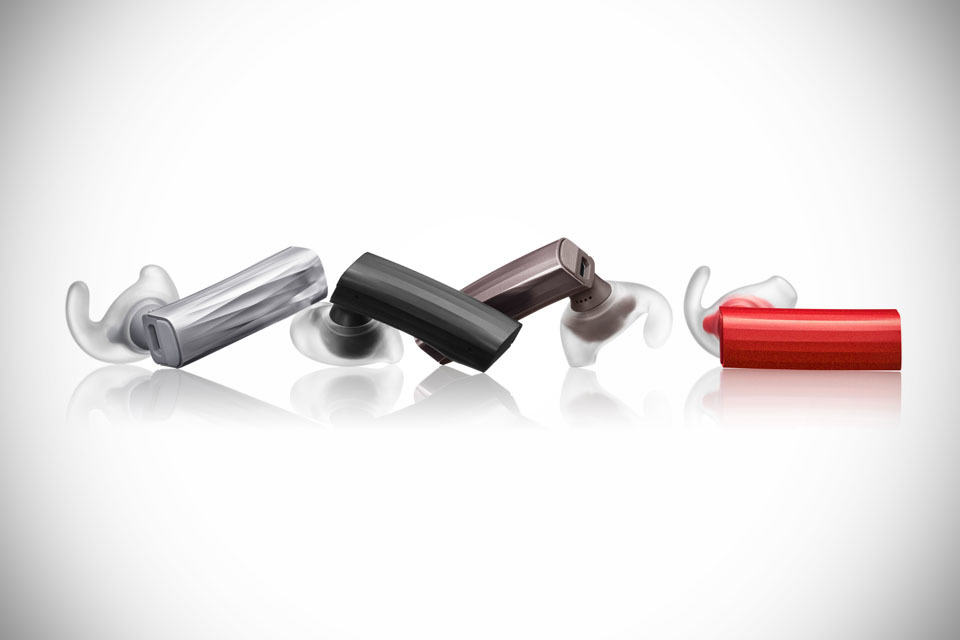Microsoft has revealed that Windows 10 will bring its voice-controlled assistant Cortana to PCs.
It also unveiled a headset that it said would one day project the operating system over views of the real world.
In addition, the firm announced that the OS upgrade would be offered free of charge for devices running Windows 8, Windows 7 and Windows Phone.
The offer, which is limited to the Windows 10’s first year of release, may aid its adoption.
It marks a change in strategy from Microsoft’s previous policy of charging for major updates, and could help avoid a repeat of the relatively slow uptake of Windows 8.
One analyst suggested the firm had needed to renew interest in its ecosystem.
“Overall, we know that about only about 10% of computers are running Windows 8 and the adoption rate among companies is similar or lower,” said Frank Gillett, an analyst at the Forrester consultancy.
“Developers are not paying much attention to Windows for mass market consumer apps, and you could even argue that for enterprise software most of the energy is going into mobile apps for iPad and Android tablets.
“Windows 10 is in effect a huge invitation to software developers to write exciting, powerful applications that will draw consumers.
“My hunch is that they can succeed in getting a new generation of PC and tablet applications. The challenge is getting people interested in its phones.”
Holographic helmet
Microsoft’s chief executive Satya Nadella said the HoloLens headset represented a “magical moment” of “category creation” that developers lived for.
The wearable tech’s augmented reality see-through lenses represent a major leap forward over Google Glass and other existing eyewear – assuming the machine lives up to its on-stage demo, in which computer-generated elements appeared in the world surrounding the wearer.
The company said that the final version of the machine would not need to be linked to other devices to work, and should be released within Windows 10’s “timeframe”.
It revealed Nasa was already working with the kit, and said the US space agency hoped to start controlling its Mars rovers with a prototype version as soon as July.
Other demos involving the machine included the wearer:
- playing Minecraft with the video game’s graphics appearing over living room furniture
- seeing a Skype video appear as if it was taking place on a building wall
- creating a model of a drone, which she saw in front of her face while shaping it by moving her hands and giving voice commands
“The true innovation HoloLens delivers will be determined by developer commitment in the months and years to come,” commented Geoff Blaber from the CCS Insight consultancy.
“Windows 10 is a defining moment for Satya Nadella early in his tenure as CEO.
“The collaboration required to deliver HoloLens to market is an encouraging sign that he’s breaking down the silos that slowed innovation and stalled execution in recent years.”
Cortana on PCs
Windows 10 brings the same operating system to devices of all sizes, rather than having different ones for PCs/tablets, mobile phones and the firm’s Xbox games console.
One of the key features that consumers will be able to use on PCs from “day one” is Cortana – the voice-controlled tool previously limited to Windows Phone handsets.
- bring up Powerpoint presentation documents
- locate photos taken during a specific month
- dictate and send emails
- tell the user whether or not the weather forecast indicates they should wear a coat later
- show where their car is parked
In addition, Mr Belfiore showed how the software could be used to respond to requests that had been typed, rather than spoken into a PC.
Windows 8 had been criticised by some for placing so much focus on touch-centric commands rather than the mouse and keyboard.
But Mr Gillett said he thought the addition of Cortana’s voice controls could prove more popular.
“Voice is a going to complement other ways of interacting with the computer not be a substitute,” he said.
“If you had to say every command instead of touching or clicking, then that would be annoying.
“But if you can quickly say to Cortana, for example, schedule lunch with my mum next Tuesday, then that is powerful.”
Browsing with Spartan
Mr Belfiore also highlighted one of the core benefits of Windows 10: a single app will run on multiple types of device, with the user interface reformatting itself to suit the machine it is running on, rather than having a different program for phones, tablets and PCs.
He showed how this meant more advanced versions of the firm’s popular Office programs Excel, Powerpoint and Word could be brought to handsets running Windows 10 than were possible under Windows Phone 8. He also demonstrated a new “universal” Photos app that collates and sorts pictures taken with different devices.
Mr Belfiore also confirmed reports that the firm’s Internet Explorer web browser was being replaced by a new program codenamed Project Spartan.
This will have Cortana built-in to allow voice commands and provide extra personalised information – such as directions to a restaurant whose website is being looked at.
The software also includes a new “noting mode”, which will let users scribble or type over a page and then share it with others.
“Project Spartan shows a new Microsoft that is not afraid to depart from legacy in order to deliver a better experience,” remarked Carolina Milanesi from Kantar Worldpanel Comtech.
The new system also introduces the ability to stream Xbox One video games from the console to any other Windows 10 PC or tablet on the same wi-fi network.
This means that users will be able to play any game in their Xbox library on another device in another room of their home if the property’s main TV is being watched by someone else.
The facility is similar to the service Sony offers for its PlayStation 4 games machine that allows it to stream titles to Xperia phones and tablets and the PlayStation TV mini-console.
Some – like voice dictation on mobile, a cloud-based music service and auto-enhance for photos – are strikingly similar to those already available on rival operating systems.
But others are genuinely innovative – quite aside from its awe-inspiring holographic ecosystem.
Gamers will appreciate making the traditional gaming experiences more social and cross-platform.
Heavy web users may be tempted by the collaboration and offline features of the Spartan web browser, as well as the deep integration of Cortana.
And the addition of this powerful natural voice assistant on the desktop is groundbreaking too.
But the case for voice interaction on PCs is not as well-proven as it is on mobile – and Cortana needs to be well executed, otherwise the tried and tested keyboard and mouse could still prove too tempting for users.
The key question: will the combination of the familiarity of past versions of Windows and an enhanced feature set be enough to tempt users to upgrade?
Offering Windows 10 free for the first year is a huge incentive to kickstart adoption.
Windows 10 is well positioned to capitalise on the resurgence of PCs.
But Microsoft is hoping for more than this: it needs the OS to provide a much-needed boost for its mobile ecosystem – and in this regard Microsoft is betting that its universal approach to coding apps will be enough to tempt users away from rivals.


